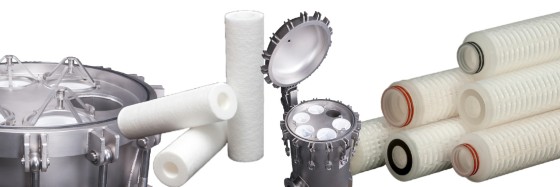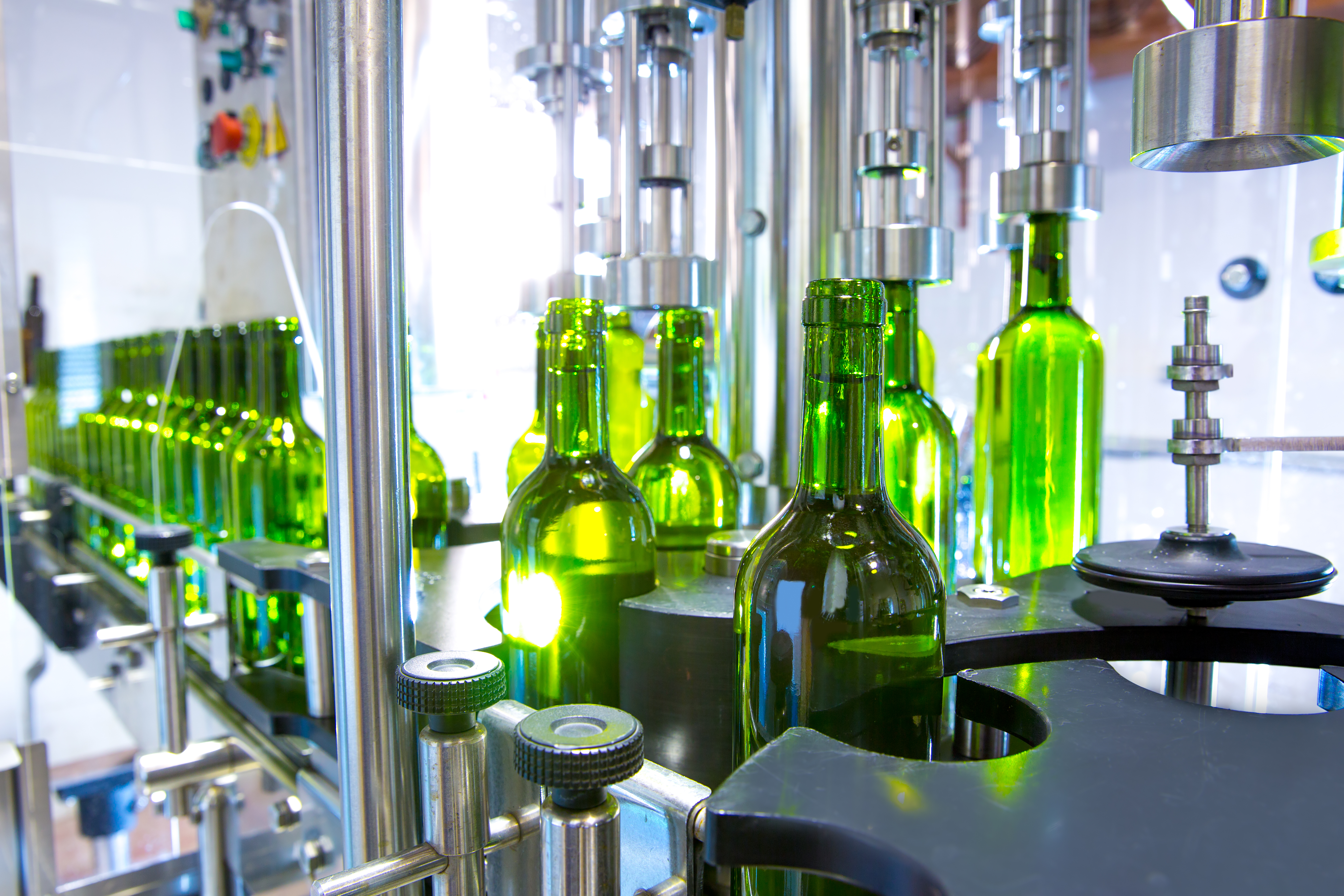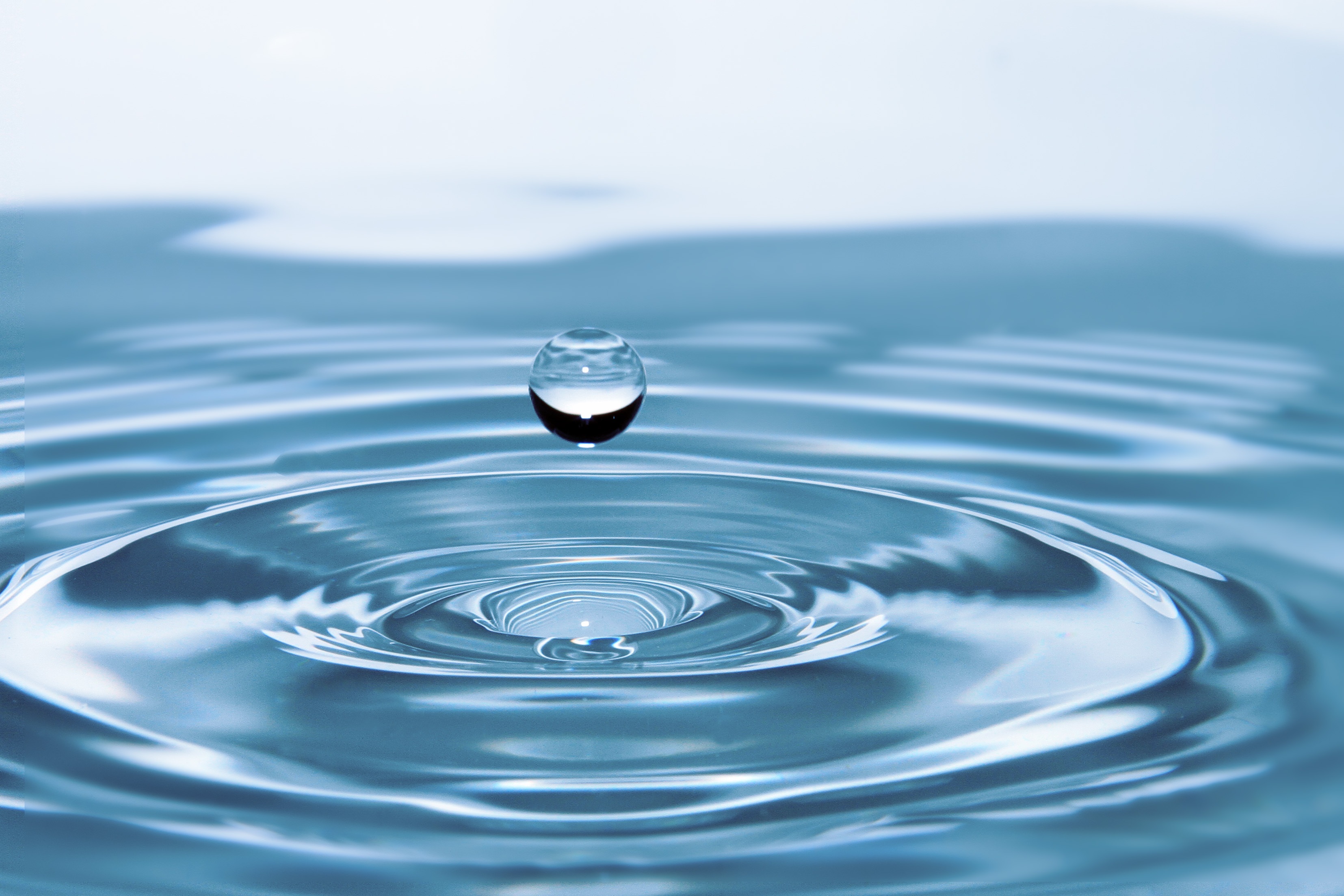What issues cause you to consider changing your filtration systems?
Filtration systems are crucial for ensuring the purity and quality of products in various industries, from pharmaceuticals to beverage to water treatment. However, like any system, they can encounter a range of issues that impact their performance and efficiency.
Here, we'll explore some common problems and the changes to consider to help you to get back to an optimal filtration process.
Can’t process the batch quickly enough or not enough flow rate coming through the system.
One of the most common complaints about filtration systems is their inability to process batches quickly enough. This is often due to an inadequate flow rate, which can be caused by several factors:
- Undersized filter system: Due to budget constraints the filter system that could be afforded was purchased rather than the correctly sized system.
- Clogged filters: Over time, filters can become blocked with particulate or process debris. As this occurs, flow rate will reduce.
- Pump issues: The pump may not be powerful enough to generate enough pressure to push the fluid through the filter at the desired rate as it becomes clogged.
Solution: The two lessons here are firstly, size both filters and pumps correctly rather than to a budget, because although it looks like money saving, the additional running costs will quickly outstrip any capital saving made. Secondly, filtration is a barrier type of technology that requires regular maintenance and proper initial filter selection are key. Rather like pets filters are for life.
Filter life has changed recently.
A sudden change in filter life can be perplexing. Several factors could contribute to this issue:
- Change in raw material quality: Variations in the raw materials can introduce unexpected contaminants that shorten filter life.
- Operational changes: Any alterations in the production process, such as temperature or pressure changes, can affect filter performance.
- Filter quality: A change in the filter supplier or batch quality can also impact filter life.
Solution: Monitor and document any changes in your process or raw materials to identify potential causes. Although the filter starts to behave differently this is a symptom of the process issue rather than the cause. Cartridge filters are manufactured under strict controls and therefore only likely to be the issue less than 0.01% of the time.
Service life too short / Running costs too high.
Short filter service life not only increases downtime but also elevates running costs due to frequent replacements. This can be attributed to:
- High contaminant load: If the fluid being filtered has a high level of contaminants, it will clog the filter more quickly.
- Improper pre-filtration: Lack of adequate pre-filtration can cause premature clogging of the main filter.
- Under sizing of filtration systems: Due to budget constraints the filter system that could be afforded was purchased rather than the correctly sized system.
Solution: Implement a multi-stage filtration process to remove larger particles before they reach the main filter and reduce the loading that hits this filter which will increase its service life. Additionally, regular monitoring and maintenance are essential to maximise filter life and reduce costs. Finally, size filters correctly rather than to a budget, because although it looks like money saving initially, the additional running costs will quickly outstrip any capital saving made.
Retention poor / Contamination in product.
Poor retention means the filter is not effectively removing contaminants, leading to product contamination. This can be caused by:
- Incorrect filter rating: The filter's micron rating might be too high for the particles needing removal. Unfortunately, there are nominally rated as well as absolute rated filters. Make sure you understand what you have.
- Damaged filters: Physical damage to the filter can allow contaminants to pass through.
- Use correct format of filter: Cartridge filters have two common end cap formats SOE (Single open ended) and DOE (Double open ended). Always use SOE below 1 micron.
Solution: Ensure that you have the correct filter format for the size of contaminant you are looking to remove. Regularly inspect filters measuring their differential pressure and replace them if this exceeds the change out differential pressure. This is between 1.5 bar (21psi) to 2.5 bar (35 psi) dependent on filter type and format.
Filter collapse.
Filter collapse is a severe issue that can halt production and damage equipment. It typically results from:
- High differential pressure: Excessive differential pressure across the filter can cause it to collapse.
- Excessive temperature: As temperature increases then strength of cartridge filters reduces. Normally continuous operating temperature of filter cartridges is between 60oC and 80oC
- Poor filter construction: Low-quality filters may not withstand operational pressures.
Solution: Use filters designed to handle your system's pressure and temperature conditions. Monitoring pressure differentials and replacing filters when they reach their change out rather than letting them reach their collapse pressure.
Reducing waste and improving efficiency.
Improving efficiency and reducing waste are critical for sustainability and cost management. Strategies include:
- Recycling and reusing filters: Where possible, cleaning and reusing filters can significantly reduce waste.
- Optimizing filter usage: Ensuring filters are used to their full potential before replacement minimises waste.
- Process improvements: Streamlining the filtration process can improve overall efficiency and reduce material waste.
Solution: Evaluate your filtration process regularly to identify areas for improvement. Implementing a continuous improvement program can help in achieving long-term efficiency gains.
Addressing common filtration issues requires a comprehensive understanding of your system and proactive maintenance. By selecting the right filters, monitoring performance, and optimizing your process, you can ensure efficient and cost-effective filtration, maintaining the quality and integrity of your products.
Here at PoreFiltration, we live and breathe filters. So If you'd like more information on how we could help with your filtration operation, or to get a no-obligation quote, where we guarantee to save you to 15% off you current filtration spend, then give us a call or send us an email, we're always happy to help
PoreFiltration – Making your filtration systems work harder





